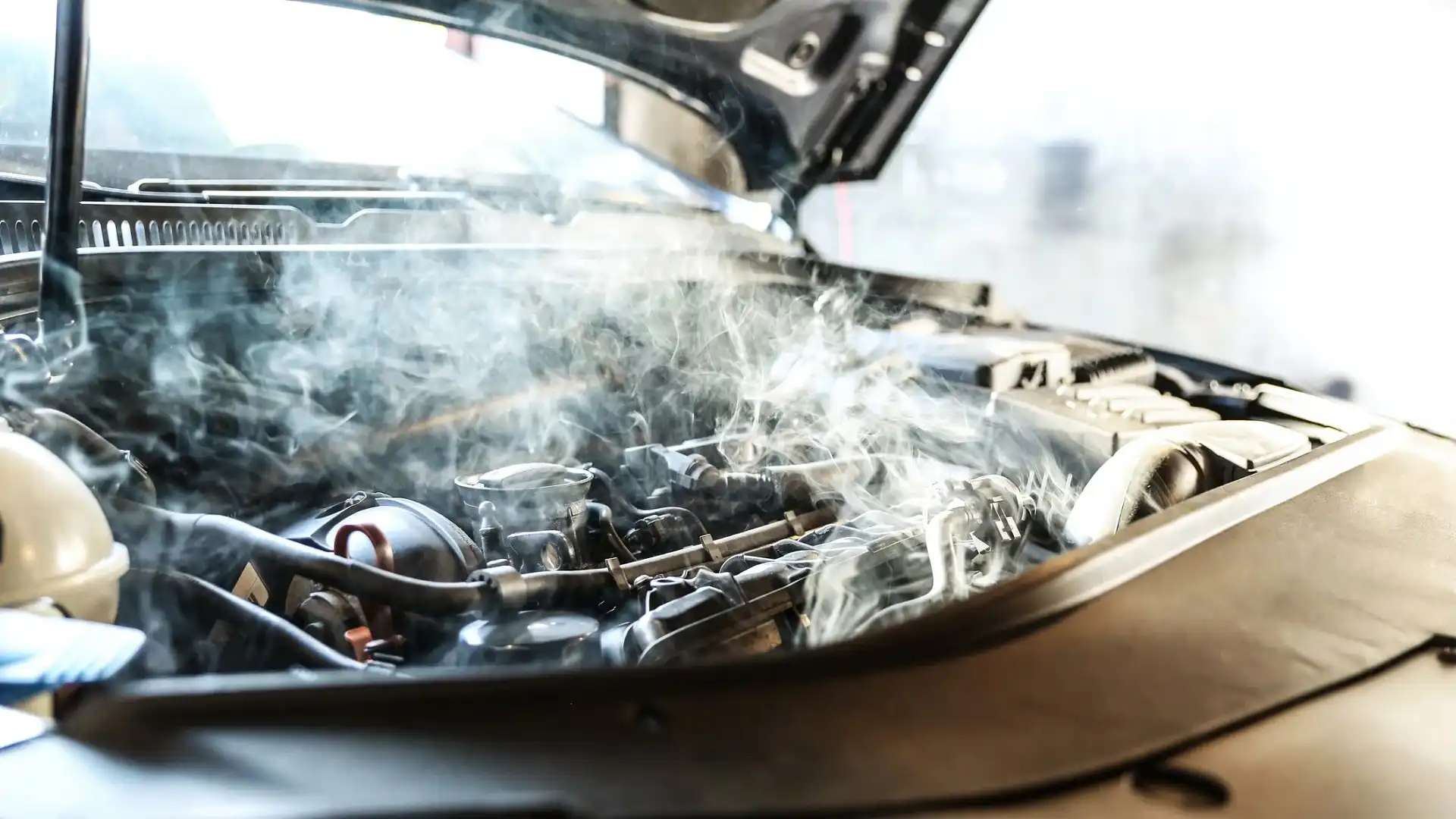Few situations can cause as much panic for drivers as seeing the temperature gauge in their car shoot into the red or a plume of steam billowing from under the hood. Overheating is a serious issue that can cause significant damage to your engine if not addressed promptly. Here’s a comprehensive guide on what to do when your car starts to overheat.
Recognize the Warning Signs
The first step in addressing overheating is recognizing the warning signs. These include:
- High Temperature Gauge: The temperature needle creeping towards the red zone is a clear indicator.
- Warning Lights: Modern cars often have dashboard lights that warn of overheating.
- Steam or Smoke: Steam coming from the hood is a sign that the engine is overheating.
- Sweet Smell: A sweet smell could indicate leaking coolant.
By identifying these signs early, you can take action before serious damage occurs.
Immediate Steps to Take
- Turn Off the AC and Turn On the Heater
- Switching off the air conditioning reduces engine strain. Turning on the heater helps pull heat away from the engine, buying you some time to find a safe place to stop.
- Pull Over Safely
- Find a safe location to pull over and turn off the engine. Driving further can exacerbate the problem and lead to costly repairs.
- Open the Hood Carefully
- Allow the engine to cool for at least 15-30 minutes before opening the hood. Steam or hot coolant can cause burns if the hood is opened too soon.
- Check Coolant Levels
- Once the engine is cool, check the coolant reservoir. If it’s empty or low, you can add coolant or water temporarily. Ensure the engine is cool before removing the radiator cap to avoid serious injury.
What Not to Do
- Don’t Keep Driving: Driving with an overheated engine can warp the cylinder head, blow a gasket, or seize the engine entirely.
- Don’t Add Coolant to a Hot Engine: This can cause the radiator or engine block to crack due to sudden temperature changes.
- Don’t Ignore the Problem: Overheating is often a symptom of underlying issues that need to be addressed.
Preventive Measures
Preventing overheating starts with regular maintenance. Here are some steps to keep your cooling system in top shape:
- Regular Coolant Checks
- Ensure coolant levels are sufficient and the coolant is clean. Replace coolant as per your vehicle’s maintenance schedule.
- Inspect the Radiator and Hoses
- Look for leaks, cracks, or blockages that can restrict coolant flow.
- Monitor the Thermostat
- A faulty thermostat can cause overheating by preventing coolant from circulating properly.
- Check the Water Pump
- The water pump is crucial for circulating coolant. If it fails, overheating is inevitable.
- Fan and Belts
- Ensure the cooling fan is functioning and the drive belts are in good condition.
When to Call for Help
If the problem persists or you’re unable to identify the cause of overheating, it’s best to call for roadside assistance or tow your vehicle to a trusted mechanic. Continuing to drive an overheating car can lead to catastrophic engine damage.
Conclusion
Dealing with an overheating car can be stressful, but knowing what to do can make all the difference. By recognizing the signs, taking immediate action, and following preventive measures, you can minimize the risk of engine damage and keep your car running smoothly. Regular maintenance is your best defense against overheating, so don’t wait for a crisis to take care of your vehicle.

